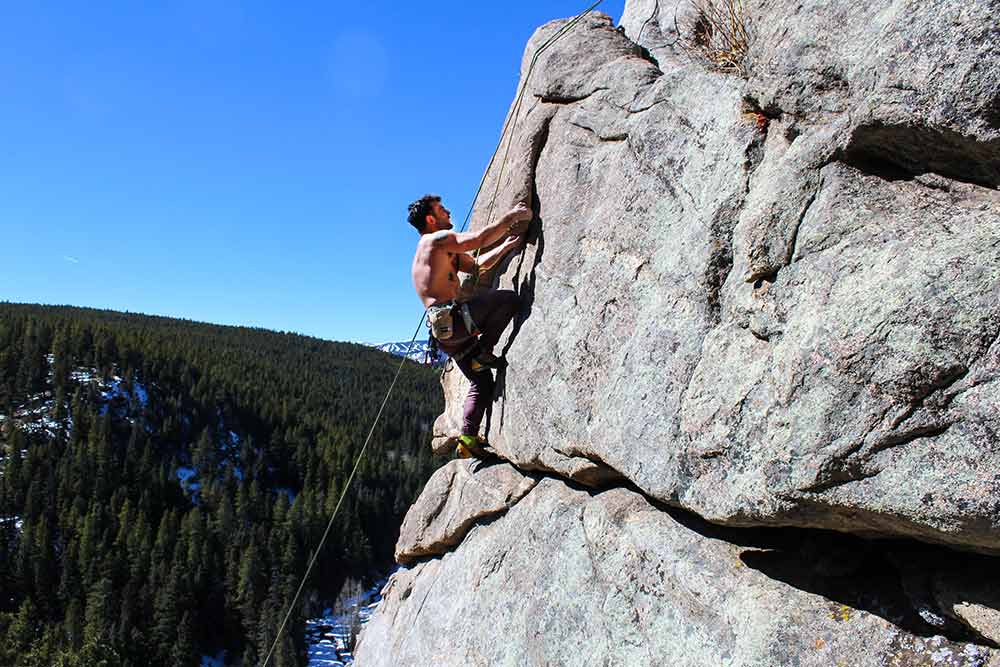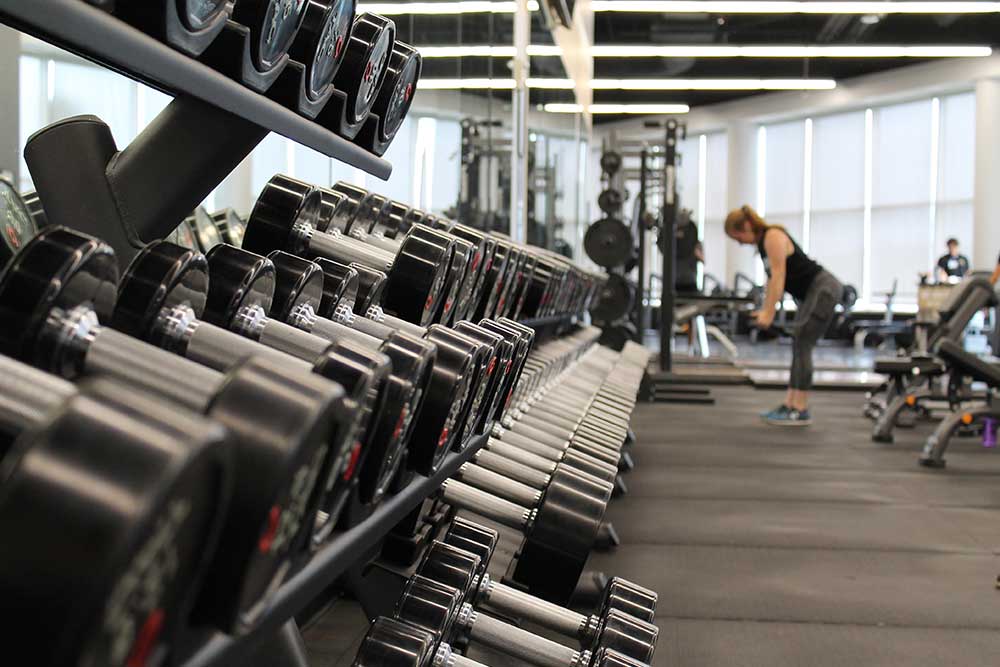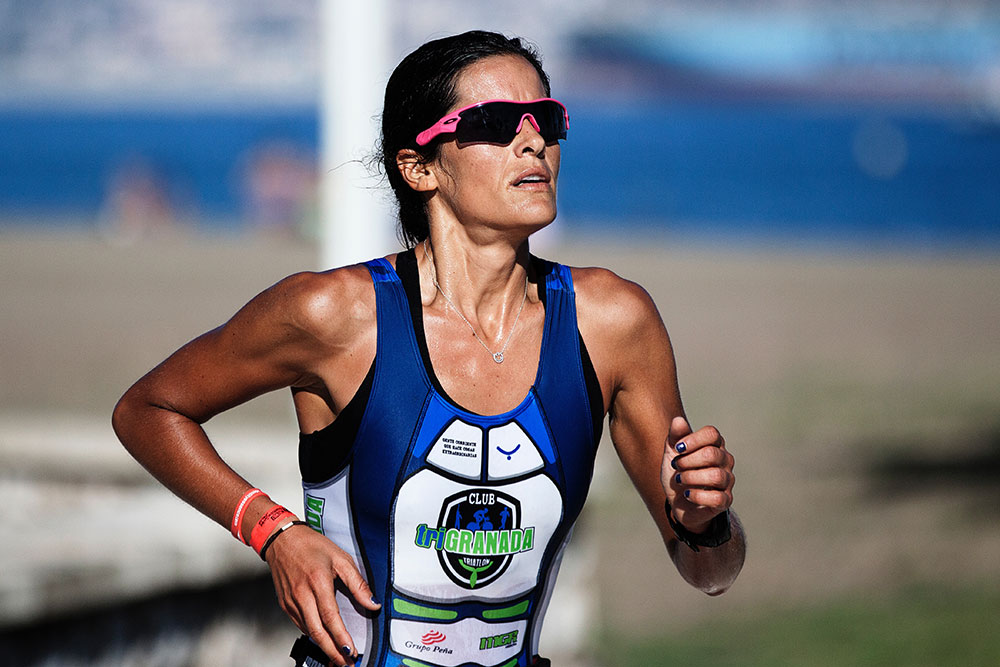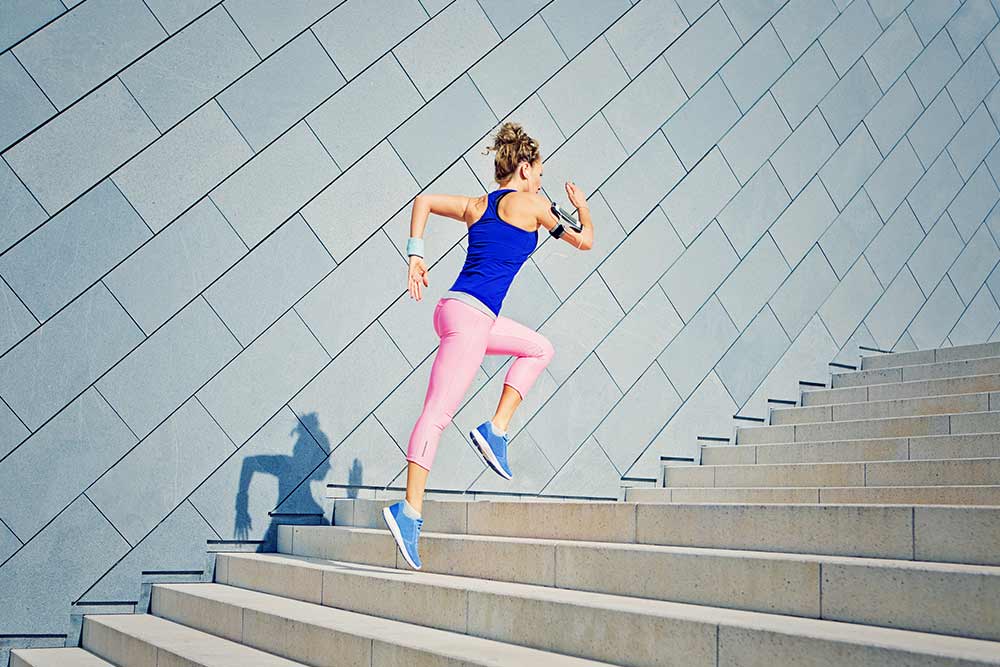Tired Of The Same Exercise Routine? Try Tai Chi!

Sara Thompson – MSc in Exercise Sciences, University of Toronto
As Evan Stevens discussed in a recent FTG article, osteoporosis occurs naturally with age as individuals tap into their bone reservoirs to absorb nutrients. This causes a decrease in bone mass and strength, which ultimately leads to increased risk of falls and fractures. In fact, it is the most common cause of fracture in the aging population (National Institute of Arthritis and Musculoskeletal and Skin Diseases, 2015). Evan also goes on to discuss that weight bearing exercise, which cause stress to the bone, is a vital tool to combat this disease, as bone forms where there is force acting upon it.
The use of exercise to combat osteoporosis and fall risk is not a novel concept. Many studies, particularly on post-menopausal women, have demonstrated how exercise can decrease the incidence of fall risk. De Kam and colleagues conducted a systematic review on the effects of exercise interventions on fracture risk in individuals with low bone density (De Kam et al., 2009). These researchers report that exercise, particularly weight bearing, balance, and strength exercises, reduces the risk of falls and fall-related fractures in these individuals. A more recent review on exercise prescription for fall prevention suggests that exercise with an emphasis on balance has the greatest effect on fall prevention (El-Khoury et al., 2013).
Tai Chi is a martial art that encompasses all three criteria important to fall prevention: it is weight bearing, and it requires balance and strength. Consequently, it is an exercise that might be more suitable for individuals who are older or with pre-existing injuries due to its gentle nature.
Research into Tai Chi’s Effectiveness
A number of researchers have studied the effectiveness of Tai Chi on strength, balance, flexibility, activities of daily living, and fear of falling. Yildirim and colleagues compared the effectiveness of a 12-week Tai Chi program to a combined exercise program on adults between the ages of 55 and 76 (Yildirim et al., 2015). These researchers observed that individuals who performed Tai Chi three times per week had greater improvements in balance, fear of falling and depression score compared to the combined exercise program. However, while some research suggests that Tai Chi is beneficial in improving balance and fear of falling, there is limited evidence that it decreases the incidence of falls themselves.
Day and colleagues investigated the incidence of 503 adults (aged 70 and older) who participated in either Tai Chi or a stretching program twice per week (Day et al., 2015). The participants self-reported any falls that occurred during the 48-week intervention, with no significant difference in incidence between the Tai Chi and stretching program.
Song and colleagues aimed to investigate the effects of Tai Chi on bone mass itself. During this randomized trial, the researchers measured bone mineral density, muscle strength, and balance following a 12-month intervention consisting of either Tai Chi, walking, or dance in women aged 55 to 65 years (Song et al., 2014). These researchers observed that there was no significant benefit of Tai Chi after 4 months. However, after 8 and 12 months, Tai Chi had greater improvements in balance, strength and bone density than dancing or walking. The researchers speculate that due to the complex nature of Tai Chi, benefits were not apparent until participants were used to the exercise.
Can Tai Chi Affect Bone Density?

In a recent study, researchers tested the effectiveness of a simplified Tai Chi protocol to try and combat this problem (Wang et al., 2015). These researchers aimed to test if a Tai Chi intervention could attenuate the naturally occurring decrease in bone mass, and if a simplified Tai Chi program could elicit similar benefits as traditional Tai Chi. The researchers conducted a 12-month trial on postmenopausal women between the ages of 52 and 65 years who were not yet osteoporotic. They divided the participants into three groups: a Control group, a Traditional Tai Chi group, and a modified Tai Chi group (Tai Chi Resistance Training group).
The Control group was instructed to participate in exercise as they normally would. Both the Traditional Tai Chi and the Tai Chi Resistance Training groups practiced four times per week for 60 minutes. The individuals also practiced with an instructor twice per week and practiced with the help of an instructional video twice per week. The Traditional Tai Chi group performed traditional Yang style Tai Chi, whereas the Tai Chi Resistance Training group performed simplified Yang exercises, while incorporating four Chen style exercises into their routine. Furthermore, the Chen style exercises included more strength and skipping movements.
Before and after the trial, individuals’ bone mineral density was measured in the lumbar spine and femoral neck using dual x-ray absorptiometry (DEXA). At the end of 12 months, the control group experienced significant decrease in bone mineral density compared to baseline in the femur neck. However, there were no significant decreases in bone mass in either the Traditional Tai Chi or Tai Chi Resistance Training groups. In addition, there was a significant increase in bone mineral density in the lumbar spine in the Tai Chi Resistance Group compared to baseline.
Research Findings
As a result, this study suggests that Tai Chi can be used as an effective exercise intervention to maintain bone mass in post-menopausal women. It was observed that the control group had significant decreases in bone mineral density in the femur neck after one year. Both the Tai Chi and modified Tai Chi programs were effective in preventing this loss of bone mass. Furthermore, the Tai Chi Resistance Training program might have even greater benefits than Traditional Tai Chi due to the resistance-based exercises included in the practice. Most noteworthy, the authors argue that this modified version of Tai Chi might be more suitable for individuals who are not used to the complex movements of Tai Chi.
Consequently, these findings suggest that a simplified version of Tai Chi can mitigate the loss of bone mass that occurs in post-menopausal women. Due to its simple nature, even individuals who have never done Tai Chi can learn the movements quickly and are more likely to stick to the program. In addition, the program doesn’t require equipment or a lot of space so individuals can practice at home. Finally, it is an activity that is enjoyable and that friends can easily do together!
Sources:
“Handout on Health: Osteoporosis”, National Institute of Arthritis and Musculoskeletal and Skin Diseases, 2015.
De Kam, D., Smulders, E., Weerdesteyn, V., & Smits-Engelsman, B. C. M. (2009). Exercise interventions to reduce fall-related fractures and their risk factors in individuals with low bone density: A systematic review of randomized controlled trials. Osteoporosis International, 20(12), 2111-2125.
El-Khoury, F., Cassou, B., Charles, M.-A., & Dargent-Molina, P. (2013). The effect of fall prevention exercise programmes on fall induced injuries in community dwelling older adults: systematic review and meta-analysis of randomised controlled trials. BMJ: British Medical Journal, 347(7934), 11-11.
Yildirim P, Ofluoglu D, Aydogan S, Akyuz G. (2015). Tai Chi vs. combined exercise prescription: A comparison of their effects on factors related to falls. Journal of Back and Musculoskeletal Rehabilitation. Oct 26. [Epub ahead of print].
Day, L., Hill, K. D., Stathakis, V. Z., Flicker, L., Segal, L., Cicuttini, F., & Jolley, D. (2015). Impact of Tai-Chi on falls among preclinically disabled older people: A randomized controlled trial. Journal of the American Medical Directors Association, 16(5), 420-426.
Song, Q. H., Zhang, Q. H., Xu, R. M., Ma, M., Zhao, X. P., Shen, G. Q., & Guo, Y. H., Yi-Wang. (2014). Effect of Tai-chi exercise on lower limb muscle strength, bone mineral density and balance function of elderly women. International Journal of Clinical and Experimental Medicine, 7(6), 1569-1576. E-Century Publishing Corporation.
Wang, H., Yu, B., Chen, W., Lu, Y., & Yu, D. (2015). Simplified Tai Chi Resistance Training versus Traditional Tai Chi in Slowing Bone Loss in Postmenopausal Women. Evidence-based complementary and alternative medicine : eCAM, 2015, 379451.
(adsbygoogle = window.adsbygoogle || []).push({});










